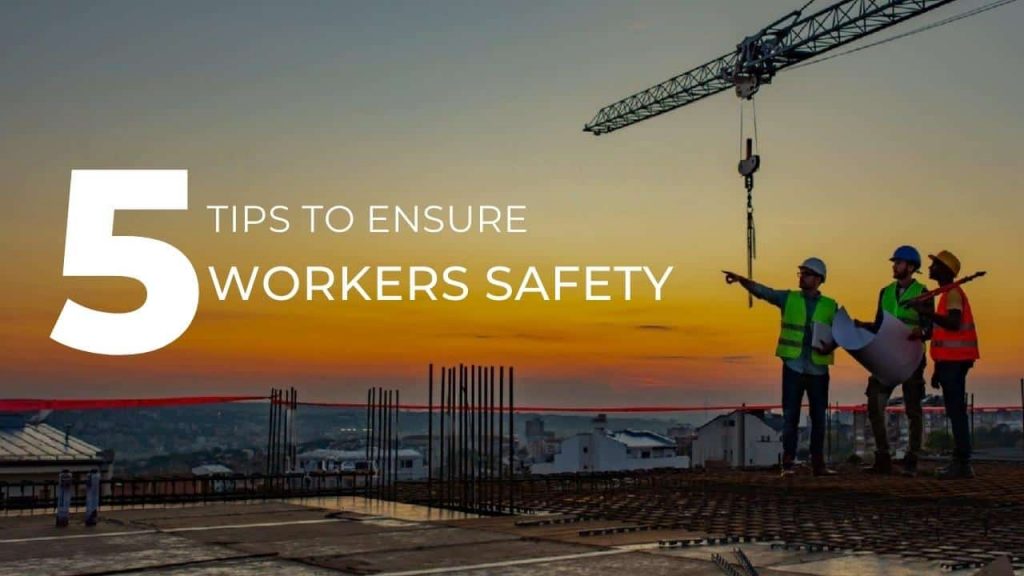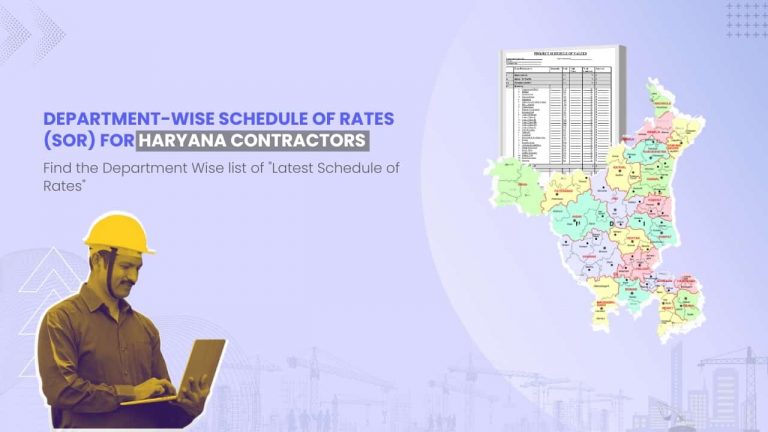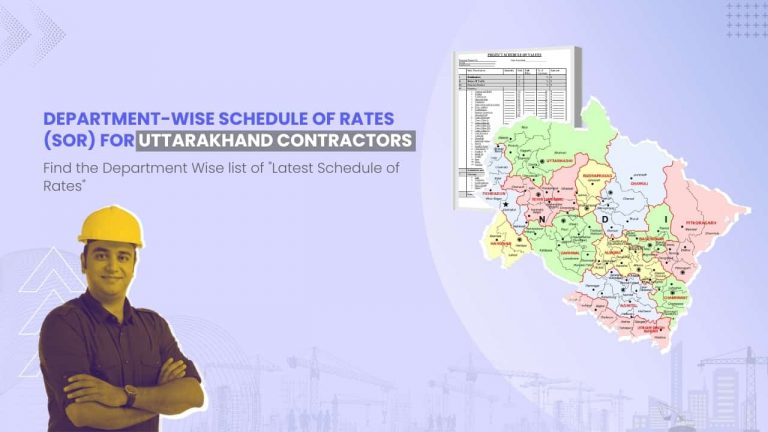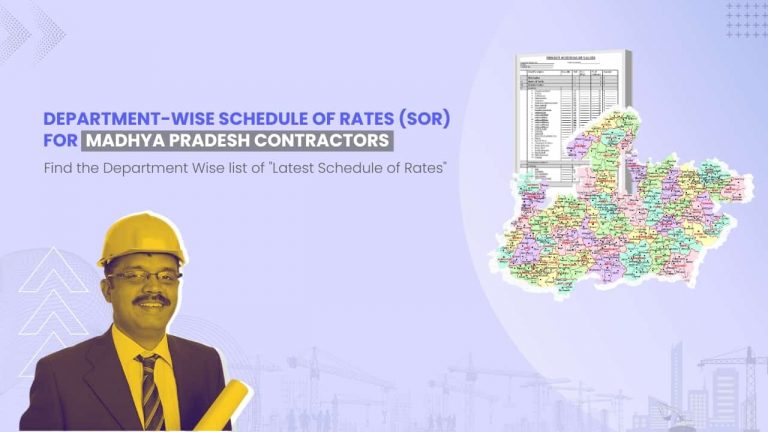
Construction is one of the areas of employment where hazardous conditions are part of the everyday working environment. Construction worker’s safety is at risk almost every day, The construction industry is prone to many hazards and accidents can happen if safety is ignored. Construction materials, tools, machinery, and handling techniques all come with their dangers.
If you’re a construction project manager or site manager, it’s up to you to take the right precautions and safeguard your workplace from unnecessary risks. We’ve put together the top 5 ways to keep your construction site safe so that you can protect yourself and your workers from unnecessary grief.
Top Tips to Maintain Construction Safety
1- Follow Government Guidelines
From a regulation perspective, the Indian law imposes several regulations through several laws such as Factories Act 1948, Building & Other Construction Workers’ Act 1996, and Contract Labour (Regulation & Abolition) Act 1970, etc for employers to provide a safe workplace. These laws mention several points, which the contractor or the employer has to ensure for worker’s safety. Some of the points are-
- Ensure that construction sites are free of recognized hazards as much as possible.
- Examine working conditions to ensure they comply with working standards.
- Provide safe tools and equipment and maintain them to the best possible standard.
- Ensure accurate warnings are in place to highlight potential hazards to workers, including color codes, posters, or labels.
2- Provide Proper PPE Kits
Wearing the correct personal protective equipment (PPE) could mean the difference between a minor injury and a long-term injury or even a fatality.
It’s important to provide your employees with the appropriate PPE relative to the type of work being carried out. This can include helmets, ear protection, safety goggles, knee pads, and hi-vis jackets. If they become worn or unfit for purpose, they need to be replaced immediately. Make sure they wear them, too!
3- Display Warning Signs Very Clearly
Construction sites are full of potential dangers, not just for workers but for the public too. It’s important to highlight any hazards with signs and posters, warning everyone nearby to take precautions. Signs are a cost-effective way of reducing accidents, which could indicate dangers such as falling objects, turning large vehicles, or the presence of gas/chemicals.
4- Inspect the Tools and Equipment Regularly
Construction workers rely on their tools to work efficiently and get jobs done. If their tools are unsafe or broken, there are higher risks of serious accidents including the loss of limbs.
Equipment should regularly be inspected to ensure there are no equipment malfunctions or defects. It is both the responsibility of the worker and the employer to highlight issues with defective equipment.
5- Safe Chemical Storage
Chemicals need to be stored very carefully to minimize fires, explosions, asphyxiation, chemical injury, and pollution on worksites. Use high-quality, compliant outdoor storage solutions such as explosive storage cabinets to segregate chemicals and reduce spillage.
Conclusion
All contractors and employers have a responsibility in protecting the health and safety of their staff, regardless of their occupation or industry. For construction workers, who are exposed to high-risk environments, there are additional dangers that must be considered. Contractors do need to mitigate safety hazards to construction workers, but workers also need to keep in mind a lot of precautions themselves when working in such hazardous conditions.
Also Read: How to Start a Construction Business in India
Popular FAQs on Construction Safety
Q1- Why is construction considered a risky industry for workers?
Answer- Construction work poses significant risks, and ensuring the safety of construction workers is vital.
Q2- What are the top ways to ensure the safety of construction workers on a site?
Answer- Discover five key tips for construction worker safety to protect both workers and managers.
Q3- What government regulations address construction worker safety in India?
Answer- Learn about Indian laws like the Factories Act 1948, Building & Other Construction Workers’ Act 1996, and Contract Labour (Regulation & Abolition) Act 1970, which aim to ensure the safety of construction workers.
Q4- What specific safety measures do these regulations require?
Answer- Find out about safety requirements, such as hazard-free sites, compliance with standards, safe tools, and warning signs to safeguard the safety of construction workers.
Q5- Why is providing proper Personal Protective Equipment (PPE) essential for the safety of construction workers?
Answer- Understand the importance of supplying appropriate PPE to protect construction workers and enhance their safety.
Q6- What types of PPE are commonly used to ensure construction worker safety?
Answer- Explore various personal protective equipment items like helmets, safety goggles, ear protection, knee pads, and hi-vis jackets, all crucial for construction worker safety.
Q7- How can warning signs contribute to the safety of construction workers?
Answer- Learn how warning signs and posters help reduce accidents by highlighting potential hazards and ensuring the safety of construction workers on site.
Q8- Why is regular inspection of tools and equipment critical for construction worker safety?
Answer- Understand the significance of inspecting tools and equipment regularly to ensure construction worker safety and maintain efficiency on construction sites.
Q9- What are the potential risks associated with unsafe or faulty tools and equipment?Answer- Discover the risks involved when construction workers use unsafe or malfunctioning tools, including the dangers to the safety of construction workers.
Q10- How can chemicals be safely stored on construction sites to protect the safety of construction workers?
Answer- Learn about the importance of safe chemical storage practices, including the use of compliant outdoor storage solutions, to minimize hazards like fires and chemical injuries, ensuring the safety of construction workers on worksites.








